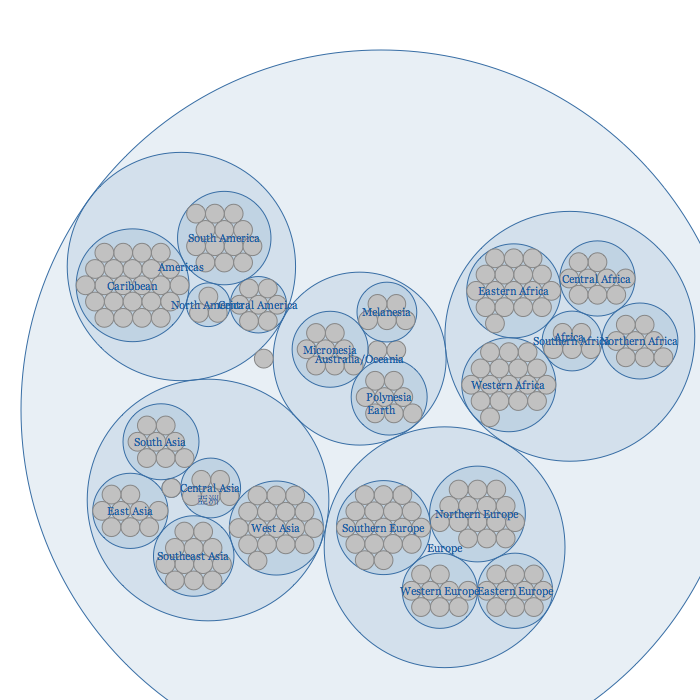-
Notifications
You must be signed in to change notification settings - Fork 12
New issue
Have a question about this project? Sign up for a free GitHub account to open an issue and contact its maintainers and the community.
By clicking “Sign up for GitHub”, you agree to our terms of service and privacy statement. We’ll occasionally send you account related emails.
Already on GitHub? Sign in to your account
Core Network Dataviz #4
Comments
|
For more of the vision of what we're working on, see http://www.nodesphere.org/ -- for now we support only IPFS : ) |
|
thats pretty... o.o |
|
Looks awesome! Can't wait to try it out! |
|
this looks amazing!! @harlantwood would you mind pushing even a dev version to the branch? we can keep it as an ongoing PR. would love to play with it! |
moved to #5 |
|
@jbenet glad you like it! You can play with it locally until the gateway is ready: |
|
If you want to play with the source code: |
|
Thanks for nice comments @whyrusleeping @cryptix 😄 |
|
Oh sorry, i meant #6 |
|
@jbenet said:
I think the best way to play with it is as described above... I could copy the source code into this repo, but that seem like a duplicate to keep up to date... |
|
@harlantwood yep, that works :) no worries |
|
Currently broken on gateway, eg: http://gateway.ipfs.io/ipfs/QmZdNvHk7kpMbyJed5yoeApJQYnWaBdCn7eJXkaboBRHie/ Not quite sure why, will debug when I have some spare cycles. |
|
Limitations of graph visualizations (especially on semantic web, no matter how beautiful it looks): http://swui.semanticweb.org/swui06/papers/Karger/Pathetic_Fallacy.html |
|
Yeah, certainly most huge graphs turn into hairballs, but I think graph vis and interactive exploration can be very useful. The trivial graphviz graphmd tool already helped me find a bugs. Vis is very hard to do, and yes has limitations, but it can help humans traverse large data sets quickly. Also some dags are way easier than regular graphs — On Wed, Aug 26, 2015 at 3:12 PM, rht notifications@github.com wrote:
|
|
@jacksenechal I think the CORS issue we experienced on gateway might be this one: ipfs/infra#77 |
|
This is now working on the gateway; this link is the code visualizing itself: There are still a number of issues, both usability and technical, I'll keep you posted on any major improvements. Thanks go out to @jacksenechal @adamapollo and @dukedorje! |
|
@rht I agree, it's a very hard problem, and we are certainly making only baby steps so far. If I were to imagine looking backward from the future at our present navigation systems ("the web"), I imagine it looking like a really really primitive graph visualization. So poor that you could only see one node at at time, and the links to other nodes were mostly just different-color words. Why not galaxy-scale visualizations like 100,000 Stars? Why not immersive holographic interfaces like those depicted in Iron Man? We have a long way to go to get there, but if we don't try, we'll just be looking at simulated pieces of paper for the rest of our lives. |
Very cool! works great! Here's go-ipfs: https://gateway.ipfs.io/ipfs/QmVKFoisa75PALvkHte6AdA8zVej8xrQ4rmT2kHQF3Sbu3/#QmbXyMDLz2RZgZK3kb3mpru7mBe7xajiJ3oVqgeyn8WLsm Feedback:
More ideas:
I've wanted an "explorable graph viz" exactly based on this for so, so, so, so long.
+9001. @harlantwood might be useful to schedule a weekly/fortnightly hangout on dataviz. |
|
I made a little fix and published to IPNS to have a more stable URL: http://ipfs.io/ipns/QmWdprFxhCWzjJ6D9Tw9tj5FyWFauhYuGtDQigVvwfteNv/
Totally agree, I was thinking the same.
Yup! We plan to develop this data viz (Core Network) to include several/many viz types, and circle packing may in fact be next! There is an issue for this too: #2.
I know, right???
Yeah, sounds awesome. I'm deep in wedding/honeymoon mode here, will be back in circulation in early October. How bout Wed Oct 7 @ 2pm Pacific for the first one? |
|
Thanks Juan 8D For anyone interested, join us on Wed Oct 7 @ 2pm Pacific: |
|
@harlantwood very sorry for the late reply to the dataviz discussion. As stated in the RDF pathetic fallacy paper, the default representation of a graph data should be determined on a case by case basis (though I admit "ultimately everything is case by case" is a tired argument). Otherwise this could lead to sensory overload.
(note that: https://en.wikipedia.org/wiki/Syntactic_Structures#cite_note-26) |
|
Thanks @rht for your comments. No particular responses, just thanks for your interest in the topic :) |
|
We have switched technologies: Core Network is now using three.js instead of famous. Note that this is not interactive yet, just an early demo version. source: https://github.com/core-network/client-threejs screenshots: |




@jacksenechal @adamapollo and I have been working on some MIT licensed dataviz using the famous.org JS viz framework over here: https://github.com/nodesphere/graphviz/tree/ipfs
-- it's not usable through the gateway quite yet, so I'm including some screenshots for the moment below. This (roughly) shows entering a hash of the root of go-ipfs, and navigating through the Godeps into the github.com directory... @jbenet enjoy : )
The text was updated successfully, but these errors were encountered: